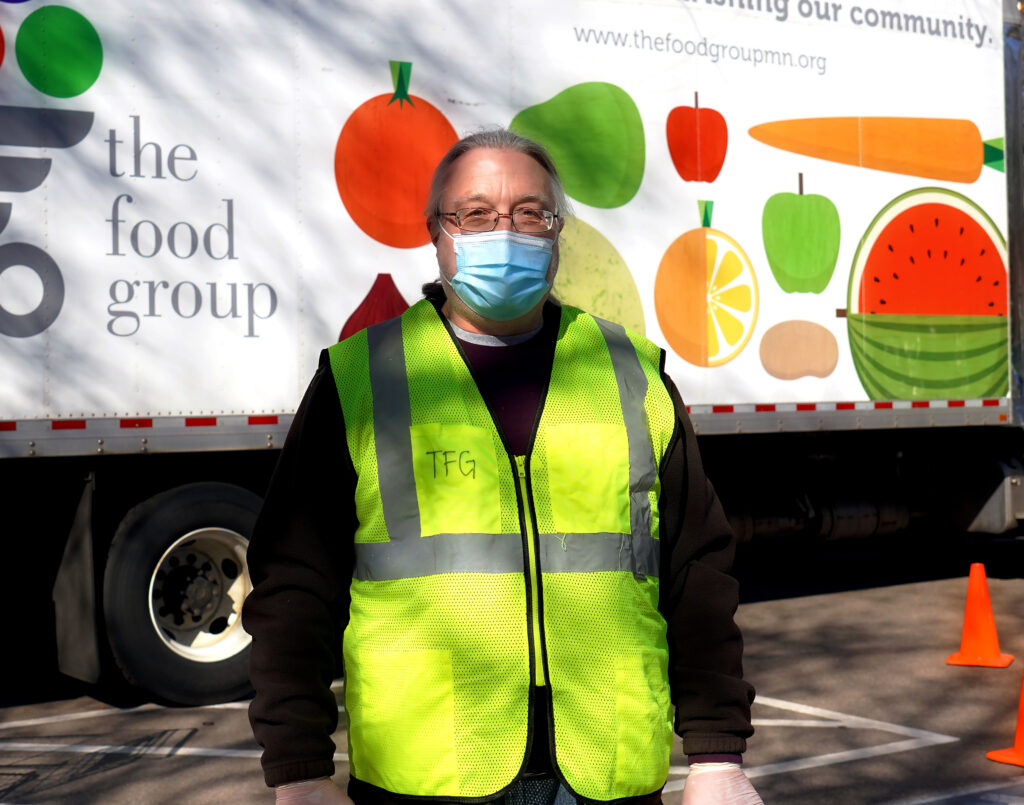
As the COVID-19 pandemic continues to dominate our lives, food shelves across the county have seen a dramatic increase in visits, especially by seniors. Local nonprofit Hunger Solutions reports that some locations are experiencing double, sometimes triple-digit increases in seniors utilizing food shelves in 2020.
Seniors experiencing hunger insecurity is not a new issue and they are the population with the largest increase in need during the pandemic.
“That has long been an issue that we’ve been paying attention to,” Sophia Lenarz-Coy, Executive Director of The Food Group, said. “COVID really heightens that isolation for seniors, and we know the links between isolation and health. ”
For John Schade, volunteering at The Food Group’s Fare for All program was a way to stay connected.
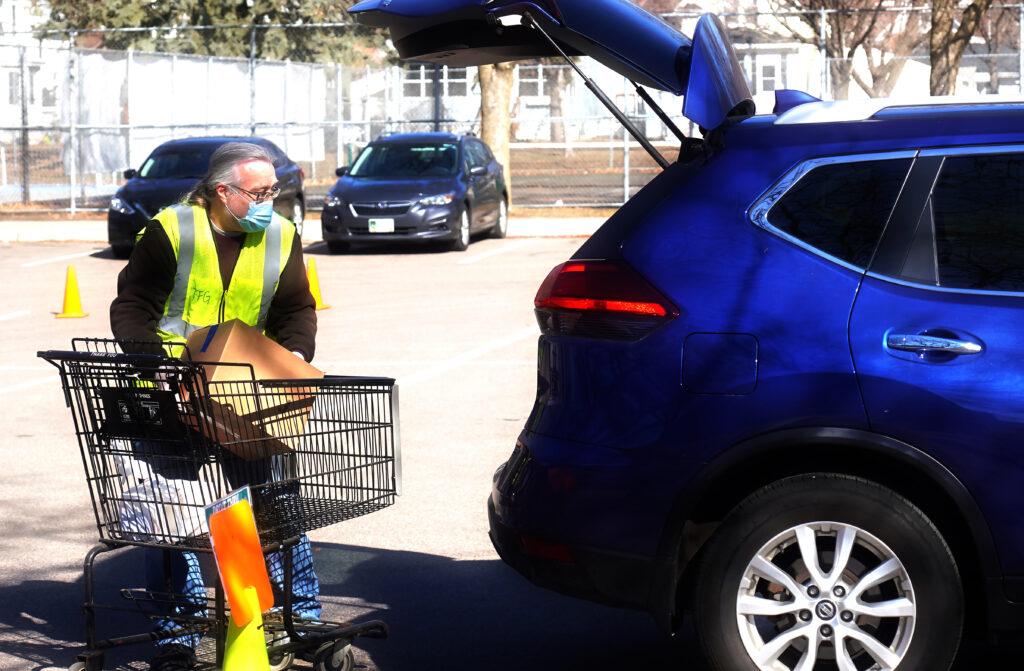
“I always liked working with people,” Schade said. “I always liked being around people, and I like working with older people. Most of the people that come are grandparents, older people.”
“Being on a fixed income, as many seniors are, and knowing that things like healthcare and housing are the non-negotiable costs, food tends to be the flex part of the budget,” Lenarz-Coy said. “For a lot of seniors, what ends up happening is that they’re cutting out those key nutritional elements because they’re trying to be as frugal as possible.”
For Schade, a retired genealogist, purchasing food from Fare For All has changed his eating habits. Fare For All purchases food (including fresh produce) in bulk and sells it at a lower-cost, partnering with several sites throughout the metro. Before becoming a volunteer, he was reporting to his 90-year-old friend, who was the one that introduced him to the program, what items were available that week, and driving neighbors to do their shopping at Fare For All sites.
Customers are no longer allowed inside at the Fare For All sites. A drive-through model was established when the pandemic struck. This means Schade is no longer able to interact with customers he’s come to know in the last five years of volunteering. He said he misses seeing and talking with people.
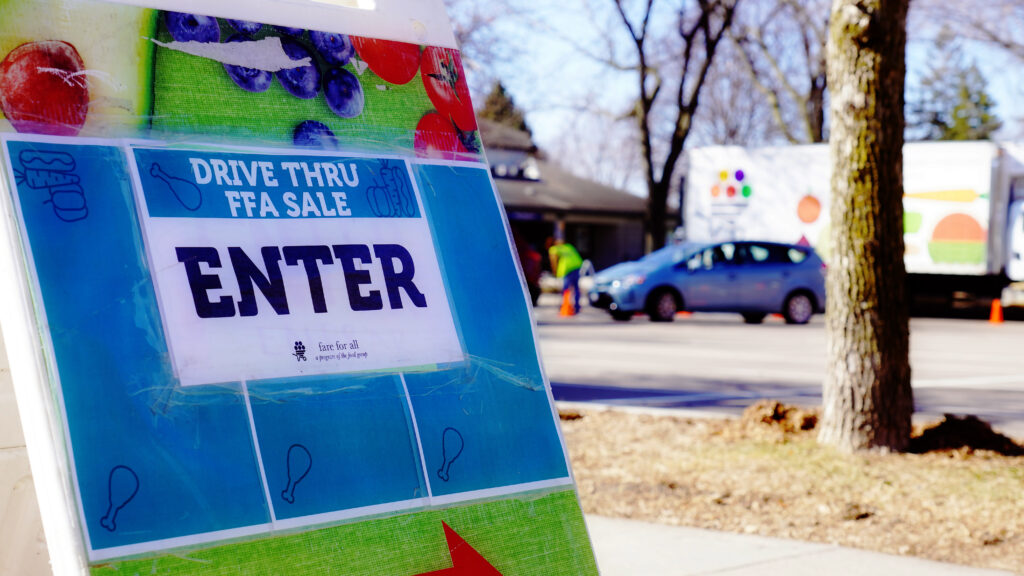
The food shelf drive-through model, though not ideal, is the safest and most efficient way of distributing food. In rural Minnesota, home-delivery is another way of reaching seniors, who often struggle with transportation.
“We were just finding more and more that people were not able to get to us,” Dawn Wegsheid, the Food Access Program Manager at Community Action Center in Northfield, said. “That was something that was probably always a barrier, and, of course, the pandemic just brings it to the surface. We have to be innovative on how we can get to people where they’re at with their food insecurity needs.”
Community Action Center had been offering home delivery since before the pandemic and has seen an estimated 75% increase since March 2020. The focus on increasing home deliveries was intentional since they shut down their popular Thursday’s Table program. Roughly 120 community members, mostly seniors, attended the weekly event; and it wasn’t just for the meal, it was really a seniors’ social hour. But due to the pandemic, Thursday’s Table has been suspended.
“What I have experienced is that people are really isolated,” Wegsheid said. “It has not gone well for people with health challenges – they can’t leave their homes; they can’t really interact or socialize with their neighbors if they’re living in communal buildings. It’s really hard.”
Organizations throughout the state are working hard to get services to senior citizens. If you would like to help:
- Hunger Solutions Senior Resources
- The Seniors Farmers’ Market Nutrition Program
- Open Arms
- Meals on Wheels

PIVOT FOR THE PEAK SERIES: How The Food Group is Addressing the Pandemic is a series of stories co-produced with the other media group giving you a look into how The Food Group has pivoted its approach to address the needs of the community as experts continue to analyze the peak of the pandemic.
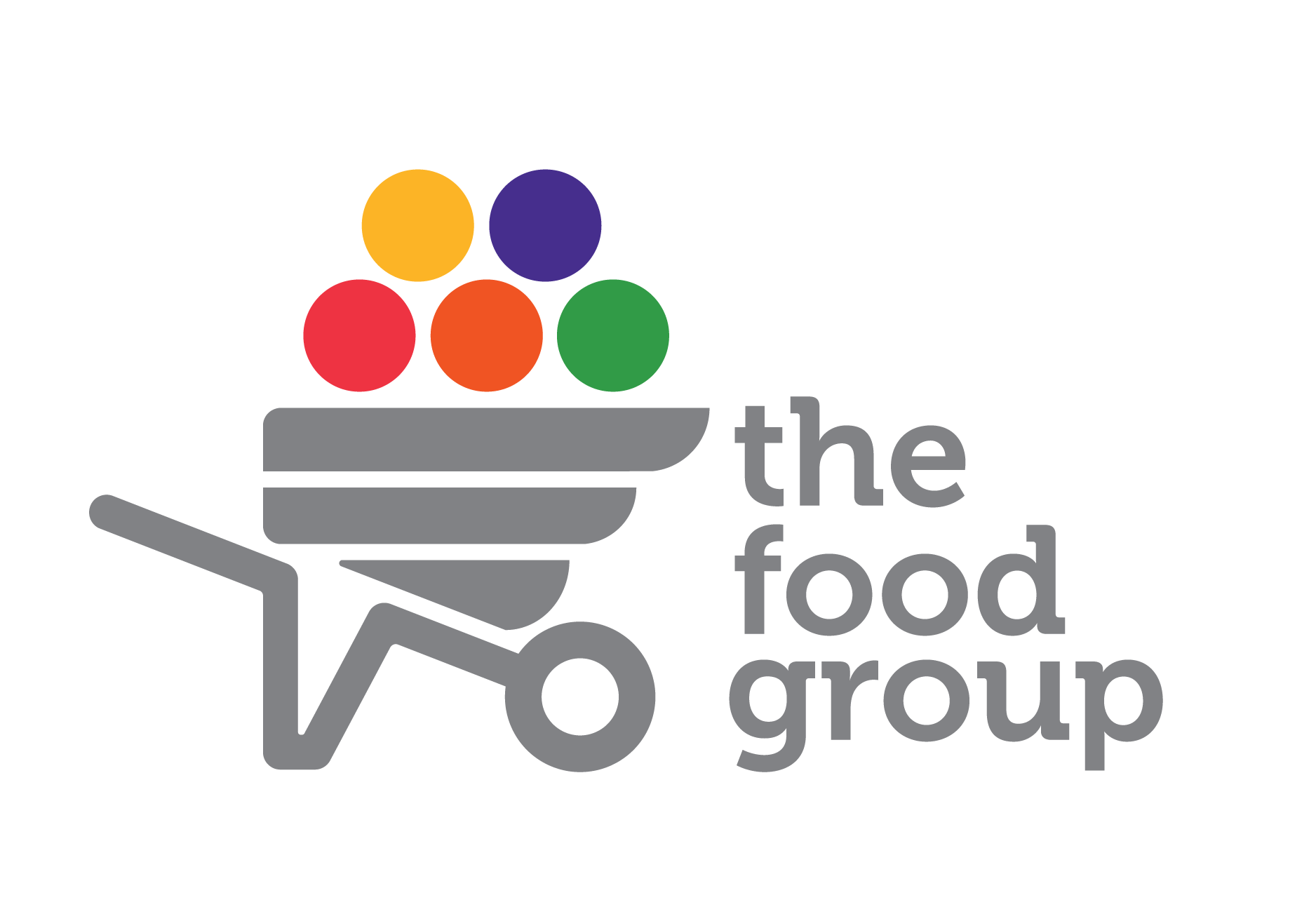

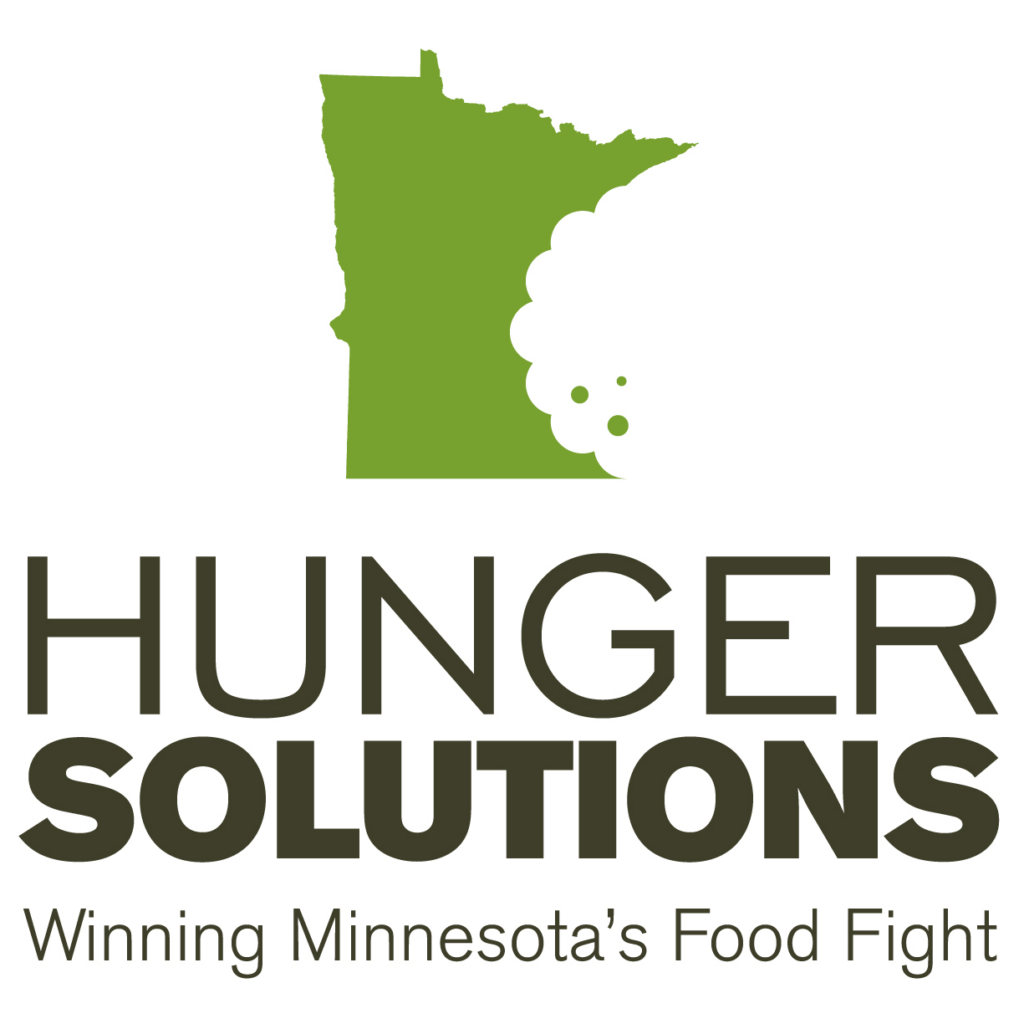
You must be logged in to post a comment.